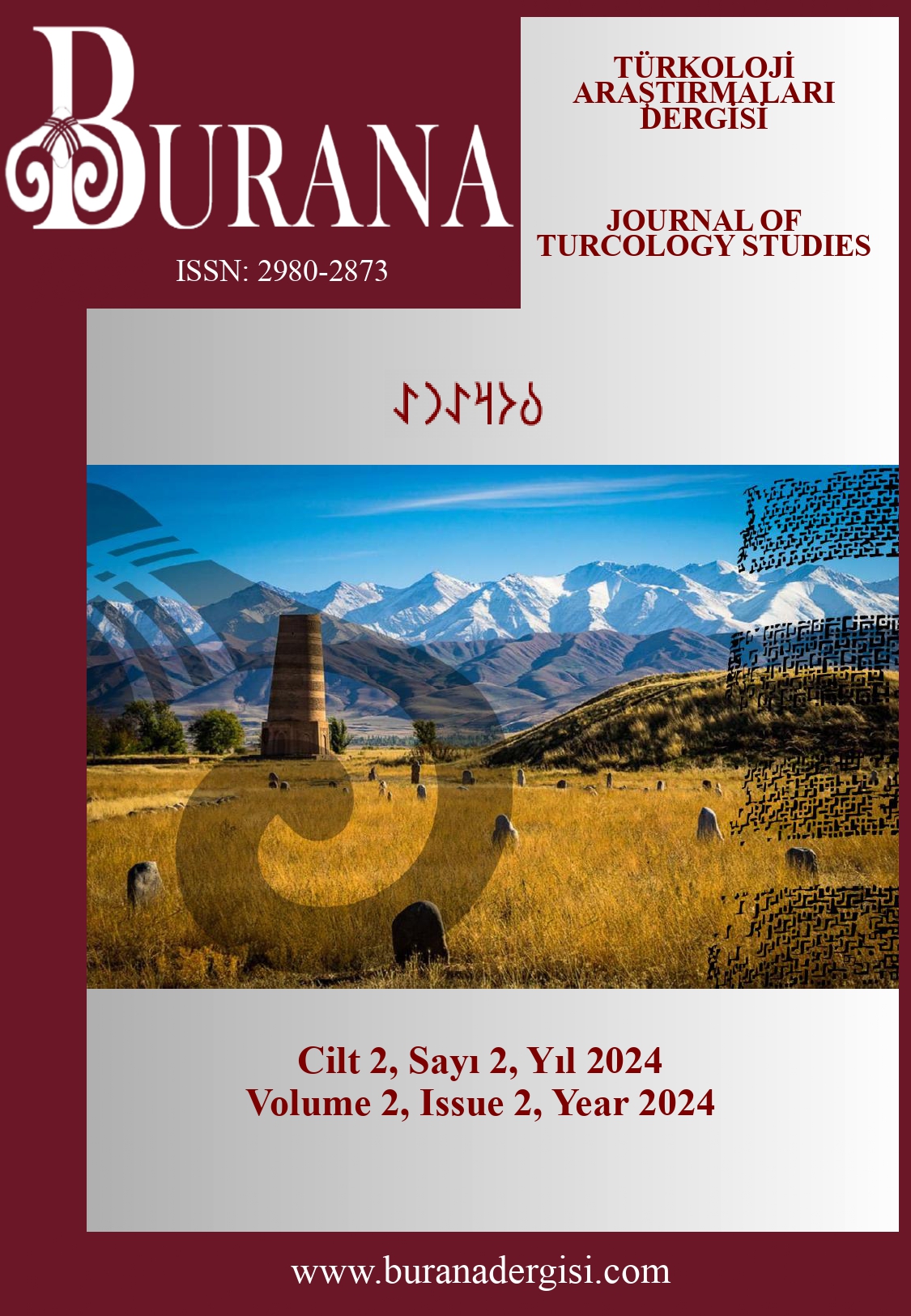The Relations Between the Safavid and the Adilshahi Dynasties in the 16th Century
DOI:
https://doi.org/10.5281/%20zenodo.14567841Ключевые слова:
Safavid Dynasty, Adilshahi Sultanate, Shi’a Islam, Diplomatic Relations, Cultural ExchangeАннотация
This article explores the relations between the Safavid and Adilshahi dynasties during the 16th century, focusing on their diplomatic, cultural, and military interactions. The connection between the two states was grounded in both religious and political factors, particularly with the rise of Shi’a Islam under the Safavids. Although the Adilshahi Sultanate was not a theocratic state, the adoption of Shi’a Islam and the influence of Safavid Iran in the region led to strong diplomatic ties between the two. The article discusses the diplomatic missions, military alliances, and the significant migration of people from Iran to the Deccan Plateau, which further strengthened cultural and political relations. Despite occasional interruptions, particularly during periods of internal conflict within the Adilshahi Sultanate, the bond between the Safavids and the Adilshahis continued until the late 17th century. The cultural, scientific, and architectural influences that persisted after the fall of the Adilshahi Sultanate attest to the lasting impact of this relationship. The Safavid-Adilshahi connection played a key role in shaping the history of the region, with significant implications for trade, religion, and politics. In this article, we will delve into the depth of these relations and thoroughly examine the factors that contributed to their development. Despite the presence of numerous states in India at that time, some of which had trade relations with Iran, why did the Adilshahi Sultanate, located in the Deccan, stand out in terms of its relations with Iran? What similarities and overlaps can be found between the Adilshahi Sultanate and the Safavid Shahdom in Iran in terms of their policies? The answers to these questions will be sought in this article.
Библиографические ссылки
Alam, M., and Subrahmanyam, S. (2020). Iran and the doors to Deccan, ca. 1400-1650: Some Aspects. In K. Overton (Ed.), Iran and the Deccan in (p. 77-103). Indiana University.
Aydoğmuşoğlu, C. (2017). Safevi devleti tarihi (1501-1736). Gece.
Barbosa, D. (1918). The book of Duarte Barbosa. (M. Longworth Dames, Trans.). 1. The Hakluyt Society.
Bayur, Y. H. (1987). Hindistan tarihi. Türk Tarih Kurumu.
De Albuquerque, B. (1875). Commentaries of the great Afonso Dalbuquerque. (W. de Gray Birch, Trans.). 2. Hakluyt Society.
Devare, T. N. (2018). A short history of Persian literature at the Bahmani, the Adilshahi, and the Qutbshahi Courts – Deccan. Routledge.
Ertaylan, İ. H. (1953). Adilşahiler: Hindistan’da bir Türk İslam devleti. Sermet.
Firishta, M. Q. (1910). History of the rise of the Mahomedan power in India (Lt. – Col. John Briggs, Trans.). 1-3. R. Rambray and Co.
Gribble, J. D. B. (1896). A history of the Deccan. Luzac and Co.
Gündüz, T. (2014). Son kızılbaş Şah İsmail. Yeditepe.
Khan, I. A. (2008). Historical dictionary of medieval India. The Scarecrow Press Inc.
King, M. J. S. (1900). The history of the Bahmani dynasty founded on the Burhan-i Ma’asir. Luzac and Co.
Konukçu, E. (n.d.). Behmeniler. Retrieved 11.06.2023 from https://islamansiklopedisi.org.tr/behmeniler.
Lach, D. F. (1965). Asia in the making of Europe. The University of Chicago.
Nayeem, M. A. (1974). External relations of the Bijapur Kingdom (1489-1686 AD.). Bright.
Nayeem, M. A. (2008). The heritage of the Adil Shahis of Bijapur. Hyderabad.
Oruç Bey (Don Juan). (2014). Elçilik kâtibinin kaleminden Safeviler. (L. Aksüt Kuzucular, Trans.). Yurt.
Osorio, J. (1752). The history of the Portuguese during the Reign of Emmanuel (J. Gibbs, Trans.). 2.
Önalp, E. (2010). Osmanlı’nın güney seferleri. Berikan.
Pires, T. (1944). The Suma Oriental of Tome Pires. (A. Cortesao, Trans.). Hakluyt Society.
Prasad, I. (1928). History of medieval India, From 647 A.D. to the Mughal Conquest. The Indian Press Private.
Sherwani, H. K. (1942). Mahmud Gawan: the great Bahmani Wazir. Kitabistan.
Sherwani, H. K., and Joshi, P. M. (Ed.). (1973). History of medieval Deccan (1295-1724). Andhra Pradesh Government Textbook.
Shokoohy, M. (1994). Sassanian royal emblems and their reemergence in the fourteenth-century Deccan. G. Necipoğlu (Ed.), Muqarnas XI: An Annual on Islamic Art and Architecture in (p. 65-78). E. J. Brill.
Smith, V. A. (1904). The early history of India: from 600 B.C. to the Muhammadan Conquest. Clarendon.
Stephens, H. M. (1897). Albuquerque, rulers of India. (W. Wilson Hunter, Trans.). Clarendon.
Taştan, T. K. (2023). Adilşahlar devleti ve Portekiz krallığı ile ilişkileri. Nobel.
Загрузки
Опубликован
Как цитировать
Выпуск
Раздел
Лицензия
Copyright (c) 2024 БУРАНА - Журнал тюркологических исследований

Это произведение доступно по лицензии Creative Commons «Attribution» («Атрибуция») 4.0 Всемирная.


